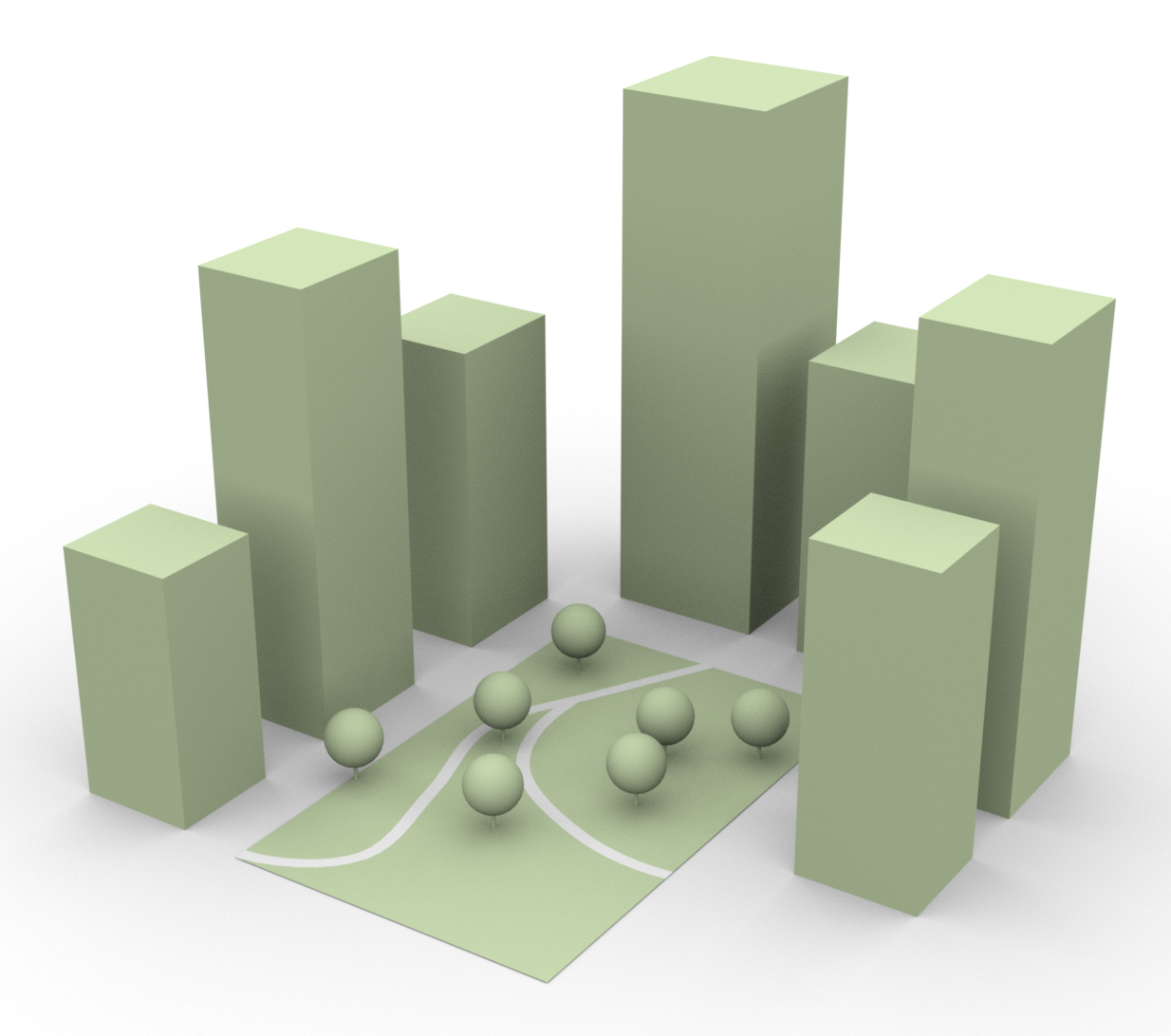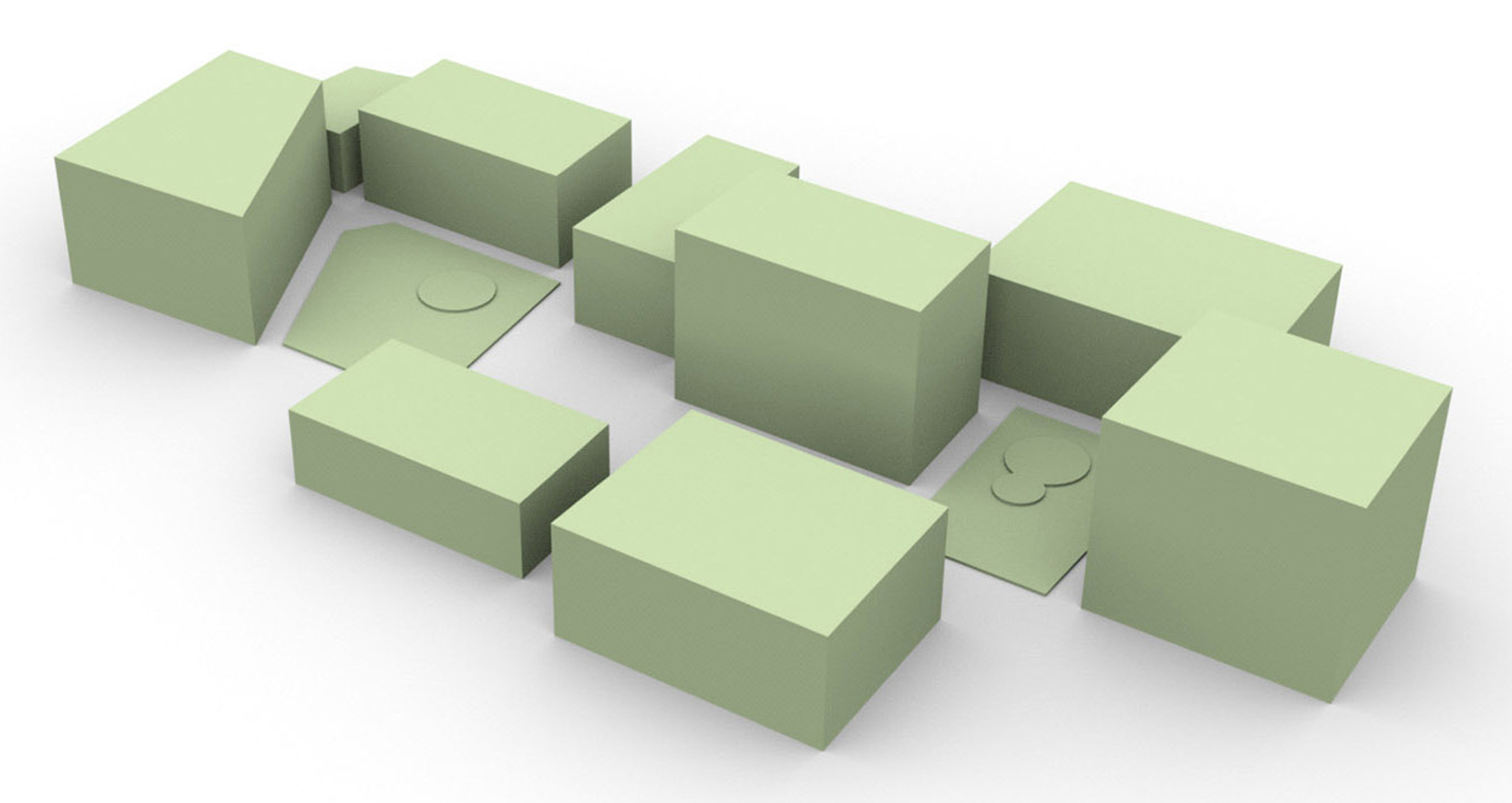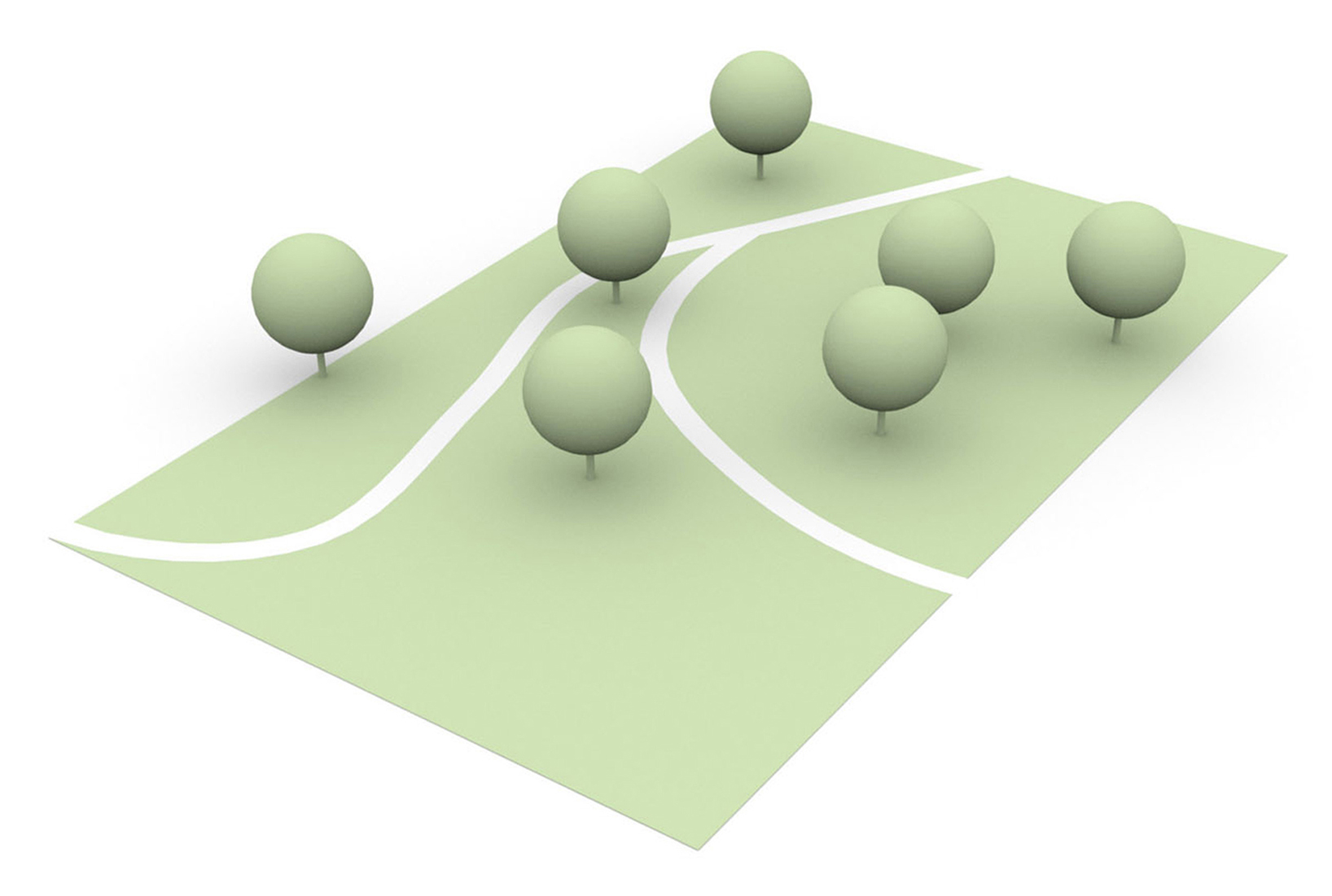Difference between revisions of "Open and civic space"
| Line 72: | Line 72: | ||
* [[Security issue: Vandalism| Vandalism]] and [[Security issue: Graffiti| Graffiti]]: These security issues are related to the fact that these facilities are highly publicly accessible and highly visible. Especially at locations where young people gather, this issue is most prominent. |
* [[Security issue: Vandalism| Vandalism]] and [[Security issue: Graffiti| Graffiti]]: These security issues are related to the fact that these facilities are highly publicly accessible and highly visible. Especially at locations where young people gather, this issue is most prominent. |
||
* [[Security issue: Pickpocketing| Pickpocketing]] can be a problem in locations where people tend to gather and be packed close together, especially when these places are busy and distractive. |
* [[Security issue: Pickpocketing| Pickpocketing]] can be a problem in locations where people tend to gather and be packed close together, especially when these places are busy and distractive. |
||
| ⚫ | * [[Security issue: Robbery| Robbery]] has a higher rate of occurring in locations like parks, fields and playgrounds<ref>[http://www.popcenter.org/problems/street_robbery/ Monk Khadija M., Heinonen Justin A. and Eck John E., '''Street Robbery''', Problem-Oriented Guides for Police, Guide No. 59, April 2010]</ref>. |
||
| − | * [[Security issue: Assault| Assault]] can be a problem at locations with competitive situations, such as community centres and sports facilities[[Image:Sport facility.jpg|border|x30px|Community centres and sports facilities|link=]], especially when they are busy<ref name="Celebratory riots">U.S. Department of Education’s, ''Report of the Proceedings'', National Conference Addressing Issues Related to Celebratory Riots, November 20–21, 2003</ref>. |
||
| ⚫ | * [[Security issue: Robbery| Robbery]] has a higher rate of occurring in locations like parks, fields and playgrounds |
||
* Antisocial behaviour |
* Antisocial behaviour |
||
* [[Security issue: Destruction by riots| Destruction by riots]] can be a problem at locations that know competitive situations, such as community centres and sports facilities[[Image:Sport facility.jpg|border|x30px|Community centres and sports facilities|link=]], especially if also alcohol is used. |
* [[Security issue: Destruction by riots| Destruction by riots]] can be a problem at locations that know competitive situations, such as community centres and sports facilities[[Image:Sport facility.jpg|border|x30px|Community centres and sports facilities|link=]], especially if also alcohol is used. |
||
Revision as of 13:17, 15 March 2013

Open and civic space is a type of Urban object that encompasses the public realm, urban squares and public parks and recreation space. It is a sub category of the urban object type Social facilities, open and civic space
Contents
Description
Open space, for the purposes of urban Securipedia, is broken into the following archtypes:
| Type of open and civic space | Description | Icon |
|---|---|---|
| Public realm | the public realm is defined as public space including streets, pathways, parks, publicly accessible open spaces and any public/civic building and facilities. |  |
| Urban squares | A planned open public space, usually rectangular in shape with clearly defined borders. These locations usually have significant footfall as public meeting places, concerts, markets or public rallies. |  |
| Public parks and recreation space | Recreational space in the urban environment encompasses those areas which are publicly accessible and conducive to citizens refreshing their mind or body through passive or active activity. Recreation space can broadly be grouped as formal (e.g. playing fields, tennis courts, etc), informal (e.g. city parks, linear river walks, incidental open space within residential schemes, etc) and children's playing space (e.g. playgrounds). |  |
Hereinafter, wherever an aspect specific to one of these archetypes is described, the corresponding icon will be displayed.
Functions
Social
- Contribute to community health and well being – physical and mental health and quality of life;
- Enhance the public realm;
- Passive and active recreation, including relaxation and children’s play;
- Role in reducing crime and vandalism, and in developing stable communities;
- All-inclusive: regardless of age, gender, mobility, ethnic origin or social class;
- Social contact and integration, not least in underprivileged neighbourhoods.
Economic
Providing the urban environment with goods and services such as recreation, tourism, cultural inheritage, food, drinking water, and safety against natural threats, open and civic space are major contributors to the public well being. Hence, open and civic space create a positive economic impact such as:
- A positive contribution to property value of land and real estate; e.g. to attract business and industry to a region;
- Avoided costs for public authorities due to the environmental services such as waste water disposal, filtering of drinking water, etc.
- Economic spin-off of recreation and tourism.
- Jobs for the management and the upkeep of the open space.
Moreover, open and civic space can be regarded as a public asset that in time will increase in value, in contrast to many other urban developments. The economic impacts can be estimated with the help of economic tools/techniques. However, some of these benefits are not easy to measure though and one easily double-counts effects.
Most of the security threats are crime related (e.g., vandalism, assault, robbery, etc.). Crime generates costs in anticipation of crime (e.g. locks, surveillance, etc.), as a consequence of crime (loss of property) and in response to crime (police investigation, legal system, etc.). Indirectly, crime has (amongst others) an impact on, for example, the local real estate value in the area around the open and civic space[1].
Security measures have an economic impact (in terms of costs and benefits) which can be considerable. Another way to enhance security is by design, e.g. the designing out approach, or as an aspect of sustainable design, which seeks a balanced consideration of social, economic, cultural and environmental aspects in urban design[2]. In general, these measures demand larger investments than traditional security measures, but at the same time they are able to avoid future costs due to the long-term prevention of crime.
SP: Important attractor for major enterprise is a quality urban environment (for staff, etc) – enhancement and attracting business and industry;
|
Mobility
- Good access encourages use of facilities – public transport is encouraged;
- Align the scale of open space with the level of attraction and accessibility (e.g. a large regional park should be proximate to a major transport interchange to facilitate use and visitation by large numbers);
- For sports stadia – large crowds travelling by all modes.
Safety
As social facilities will typically involve gatherings of people, they can sometimes be very busy. The ability for the people to get to safety in time in the event of an incident (Evacuation Management) can therefore be an important safety aspect.
Safety in all its forms, is an important function for the perceived quality of these environments. The presence of children in open and civic space further elevate the required safety standards. However well as these environments are designed to provide safety, the safety function can be deteriorated by crime. Examples of crime deteriorating safety are:
- Vandalism: destruction of safety features (such as traffic signs, fencing around dangerous areas or child-safe playgrounds) can lead to dangerous situations and safety hazards.
- Antisocial behaviour can for instance endanger people by generating street litter, such as broken bottles.
- Drug offences can also lead to dangerous litter, such as used needles.
As open and civic space often also provide the function of connecting different parts of the urban area, traffic safety would be relevant.
Security Issues
Crimes most relevant to open and civic space, are:
- Vandalism and Graffiti: These security issues are related to the fact that these facilities are highly publicly accessible and highly visible. Especially at locations where young people gather, this issue is most prominent.
- Pickpocketing can be a problem in locations where people tend to gather and be packed close together, especially when these places are busy and distractive.
- Robbery has a higher rate of occurring in locations like parks, fields and playgrounds[3].
- Antisocial behaviour
- Destruction by riots can be a problem at locations that know competitive situations, such as community centres and sports facilities
 , especially if also alcohol is used.
, especially if also alcohol is used. - Mass killing is a possibility at any location where large crowds are gathered, especially if the location also adds to the symbolic value of a terrorist act.
Measures
- What can the urban planner do to enhance the safety of new/existing objects under this category?
Footnotes and references
- ↑ There can be a negative effect on real estate value, especially for single family dwellings due to the potential negative externalities that may surround open and civic space, for example, criminal activities in the evenings in public parks. Source: Wikipedia: http://en.wikipedia.org/wiki/Urban_open_space
- ↑ Including fundamental issues such as how affordability can be reconciled with a secure/safe place to live, and how an imbalance between affluence and deprivation can be prevented.
- ↑ Monk Khadija M., Heinonen Justin A. and Eck John E., Street Robbery, Problem-Oriented Guides for Police, Guide No. 59, April 2010
